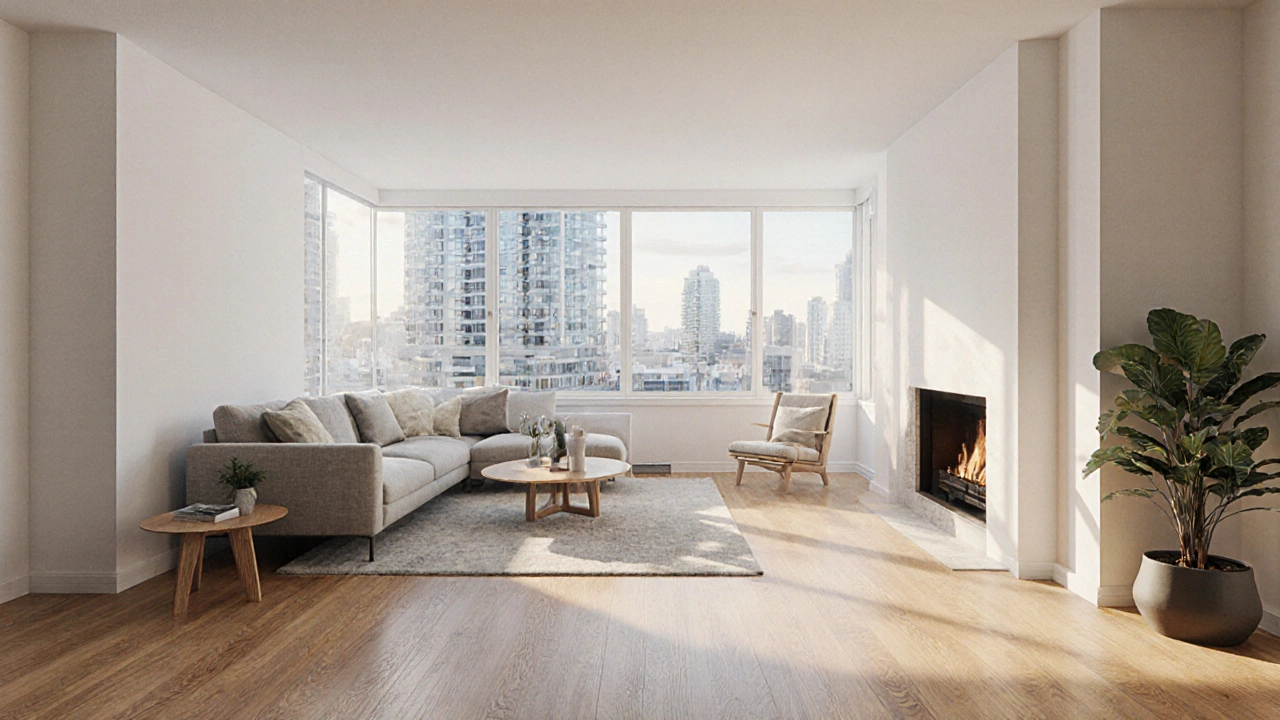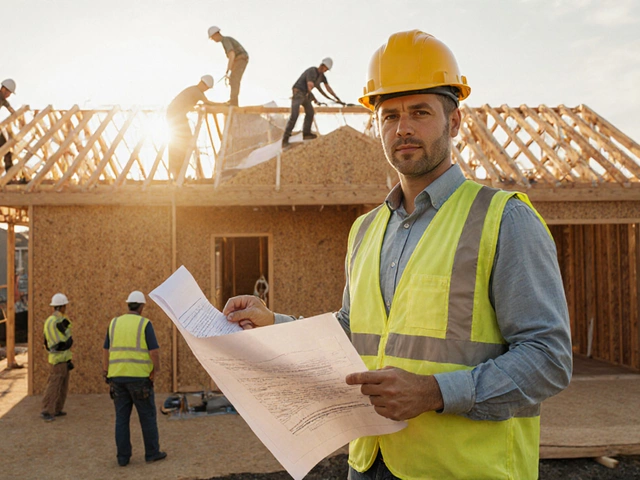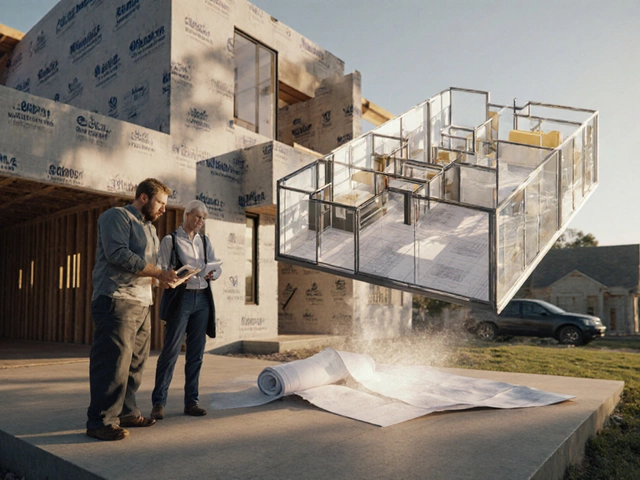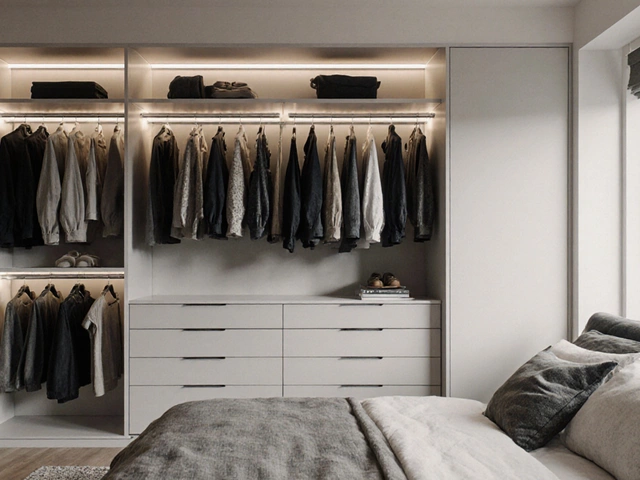Flooring Investment: What Really Adds Value to Your Home
When you think about flooring investment, a home improvement decision that directly impacts both daily comfort and long-term property value. Also known as floor upgrade, it’s not just about picking a color or style—it’s about choosing a material that lasts, fits your lifestyle, and appeals to future buyers. Too many people assume new floors automatically mean higher resale value, but that’s not true. A flashy, trendy laminate in a high-moisture bathroom? It can hurt your home’s appeal. A solid oak floor in a busy family kitchen? That’s a smart flooring investment that pays back over time.
What makes a flooring type, the specific material used to cover a floor surface, from hardwood to tile to vinyl. Also known as floor material, it matter so much? Because buyers notice. They walk in, feel the texture, see how it holds up in high-traffic zones, and imagine living with it. Hardwood floors still lead the pack for resale—especially in living areas and bedrooms. They’re durable, timeless, and easy to refinish. But engineered wood? It’s a close second, especially in basements or areas with humidity. Tile works great in bathrooms and entryways, but can feel cold underfoot. Luxury vinyl plank (LVP) is rising fast—it mimics wood or stone, is water-resistant, and costs less. But it doesn’t carry the same perceived value as real wood.
Then there’s flooring cost, the total price of buying and installing a new floor, including materials, labor, and prep work. Also known as floor installation cost, it isn’t just about the sticker price. A $10/sq.ft. carpet might seem cheap, but if it’s stained, worn, or smells like pets, it drags your home’s value down. A $15/sq.ft. hardwood might cost more upfront, but it lasts decades and can be sanded and refinished multiple times. And don’t forget labor—poor installation ruins even the best material. That’s why some homeowners end up spending more fixing bad flooring than they would’ve on a quality job the first time.
And what about floor repair, fixing damage like scratches, warping, gaps, or uneven surfaces without replacing the entire floor. Also known as floor restoration, it ? Sometimes, it’s smarter than replacement. A few planks replaced in a hardwood floor? That’s a fraction of the cost of a full install. A sanded and refinished concrete slab? It looks modern and lasts forever. If your floor is structurally sound but just looks tired, repair often beats replacement. It’s also faster, less messy, and keeps your home’s original character intact.
What you’ll find below are real examples from homeowners who made smart—or costly—choices with their floors. You’ll see which materials held up over time, which jobs added real value, and which ones turned into regrets. No fluff. Just what works, what doesn’t, and why.
What Type of Flooring Adds the Most Value to a Home?
Hardwood flooring adds the most value to a home, boosting resale price by 5-10%. Engineered wood is a smart alternative, while LVP works well in wet areas. Avoid carpet and outdated laminate to maximize appeal.
full article




